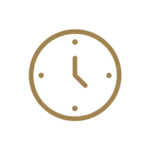Injured in a Pedestrian Accident in Las Vegas?

Injured in a Pedestrian Accident in Las Vegas?
Injured as a Pedestrian? Get Legal Help Now.
With heavy traffic, especially near the Las Vegas Strip, pedestrian accidents happen far too often. These crashes usually leave victims with catastrophic injuries. If you’ve been hit, contacting a Las Vegas pedestrian accident attorney immediately is critical.
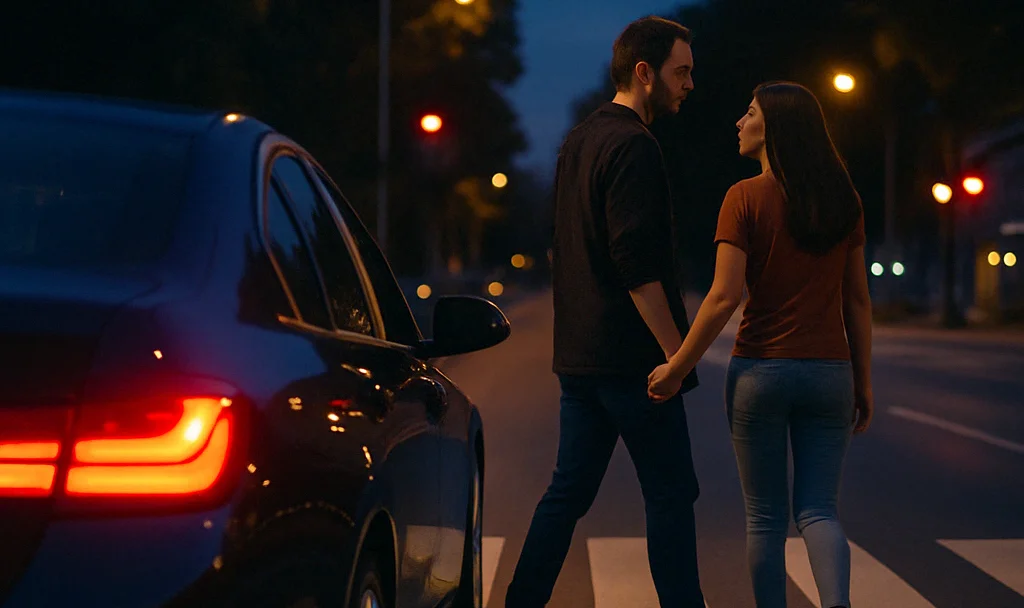
Why Fast Action Matters
Liability often depends on crosswalk use and right-of-way rules.
Quick legal support protects your rights from the start.
Serving pedestrian accident victims in Nevada and California.
Why Pedestrian Accidents Are So Common in Las Vegas
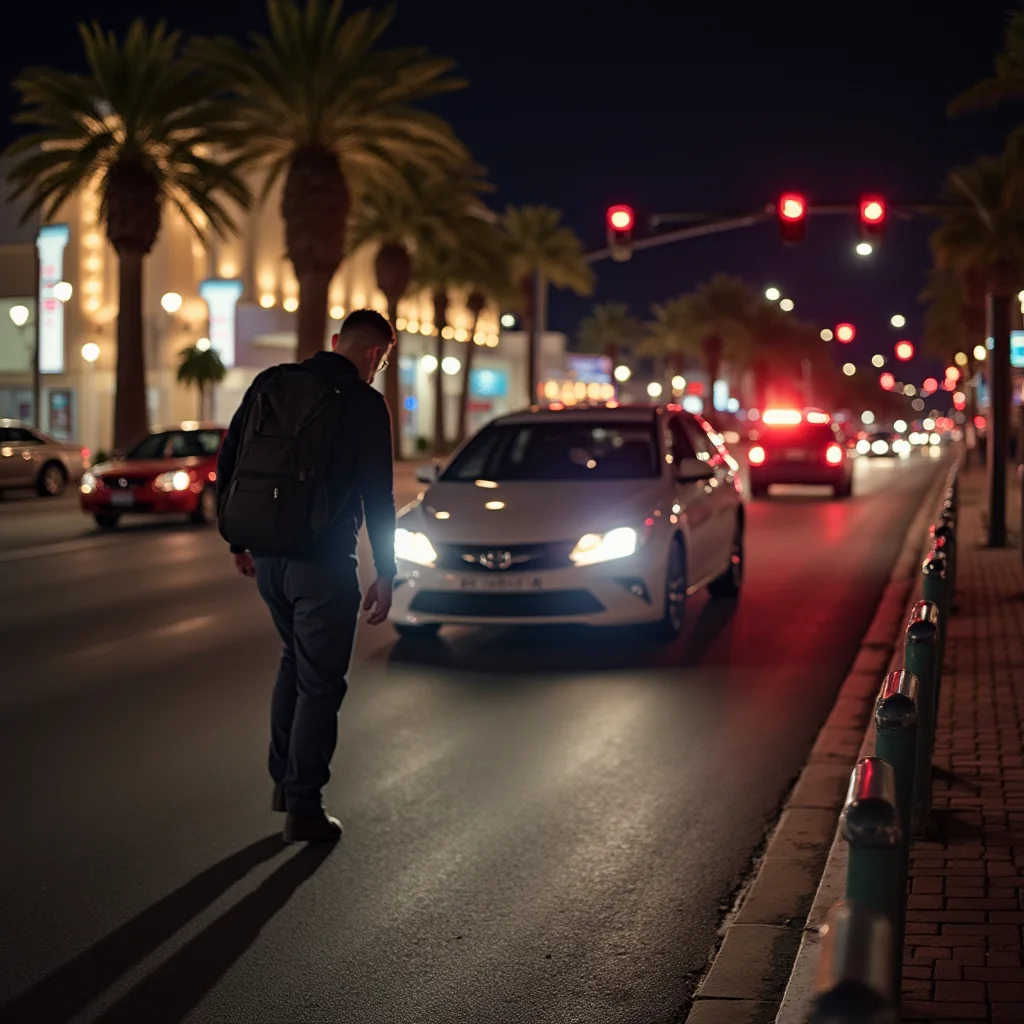
Las Vegas is fast-paced, crowded, and full of distractions — a dangerous combination for people on foot. From busy intersections to the Strip, pedestrian accidents are far too common and often severe.
Driver Challenges
High foot traffic near tourist hotspots
Bright lights and distractions reduce driver awareness
Fast-moving traffic at busy intersections
Out-of-town drivers unfamiliar with local rules
Pedestrian Risks
Low crosswalk visibility at night
Jaywalking and missed signals
Phone use and distractions
False sense of security at marked crossings
What the City Is Doing
Countdown timers and clearer crosswalks
Safety awareness campaigns
Traffic calming and speed enforcement
Promoting shared responsibility
Most Car Accidents Happen During Rush Hour
Understanding when and why car accidents are most likely to occur can help you stay safe on the road. Here are key insights that highlight the riskiest times and conditions drivers face every day.

Evening Traffic Congestion:
Roads are busiest during this period as commuters head home from work or school.
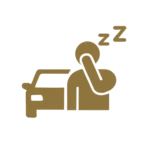
Driver Fatigue & Distraction:
End-of-day tiredness leads to slower reactions and more judgment errors.
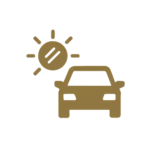
Sun Glare Issues:
The setting sun can reduce visibility and increase the chances of collisions.

